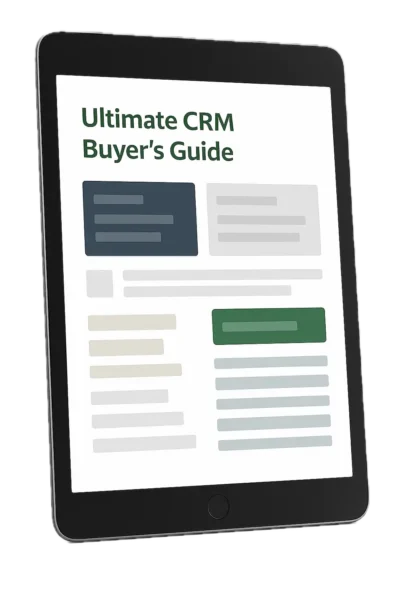 CRM data migration can be performed in a “quick and dirty” fashion, or it can be done with careful forethought and execution. With the right preparation and planning, a new CRM application will be easier for end users to work with and and will result in data that can be segmented for marketing purposes in a more meaningful way. It will also provide more accurate management reports.
CRM data migration can be performed in a “quick and dirty” fashion, or it can be done with careful forethought and execution. With the right preparation and planning, a new CRM application will be easier for end users to work with and and will result in data that can be segmented for marketing purposes in a more meaningful way. It will also provide more accurate management reports.
Here are some best practices that will ultimately help your team to be more efficient and more productive.
Best Practices to Keep in Mind
1. Import Legacy IDs – Whether data is being brought in from ACT!, GoldMine or another source, the Legacy ID for each record should be populated into a custom field in all CRM records. With the legacy ID available, linked information, such as History records, can be imported at any time. Also, if a field was accidentally omitted from the initial import, already imported records can be updated from the original data source.
2. Create Compound Keys for Companies – When migrating data from a contact-centric data source such as a contact manager, it’s useful to create a compound key based on portions of multiple data fields, such as the Company and Address fields. This serves to group contact records by company, which makes it much easier to import data into an account-centric CRM system.
3. Create and Map Only Relevant Data Fields – It’s best to first run an analysis on the contents of legacy fields. If there are fields in existing databases that are hardly being used, it may not make sense to migrate data from those fields. Alternatively, the intent behind these fields can be rethought and improved upon in the CRM system.
4. Replace Large Pick Lists With Lookups – In flat file databases, pick lists can sometimes become unwieldy and contain dozens of values — making it difficult for users to select the right value. With a relational CRM database, these large pick lists can be replaced with filtered lookups on other tables.
5. Perform a Limited Test Migration – Sometimes, the “grip it and rip it” approach to data migration is taken — all data is imported on the first shot. It’s better to first test an import with a limited subset of data and then make any needed adjustments before importing the entire data set.
6. Create a Old/New Field Pairing – If a specific legacy field has a lot of bad data in it (but some good data), consider mapping the contents of that field to a custom field in the CRM system of the same name that’s prefaced with the word “legacy”. Bring in all the old values into that field for reference and make it read only. Then, start fresh by creating a new field in the CRM system and bring in only the most common or useful legacy values into that field.
7. Normalize Old Data – If there are repetitive groupings of fields in a legacy, flat file database, take advantage of the relational capabilities of a CRM database. Normalize these groupings into separate records within a child table or object. This takes extra time, but is well worth it in the long run.
8. Create a Cutoff Date for Old History Records – Consider whether history records over a certain number of years old should be migrated into a new system. For example, do history records over five years old need to be in the new system? Also, consider whether or not to filter out history records that were created by mass email campaigns.
While deploying these types of practices can take additional time and cost more in the short run, the result will be an easier to use CRM system, which will result in higher user adoption. There will also be better data available for marketing and for reporting purposes.




